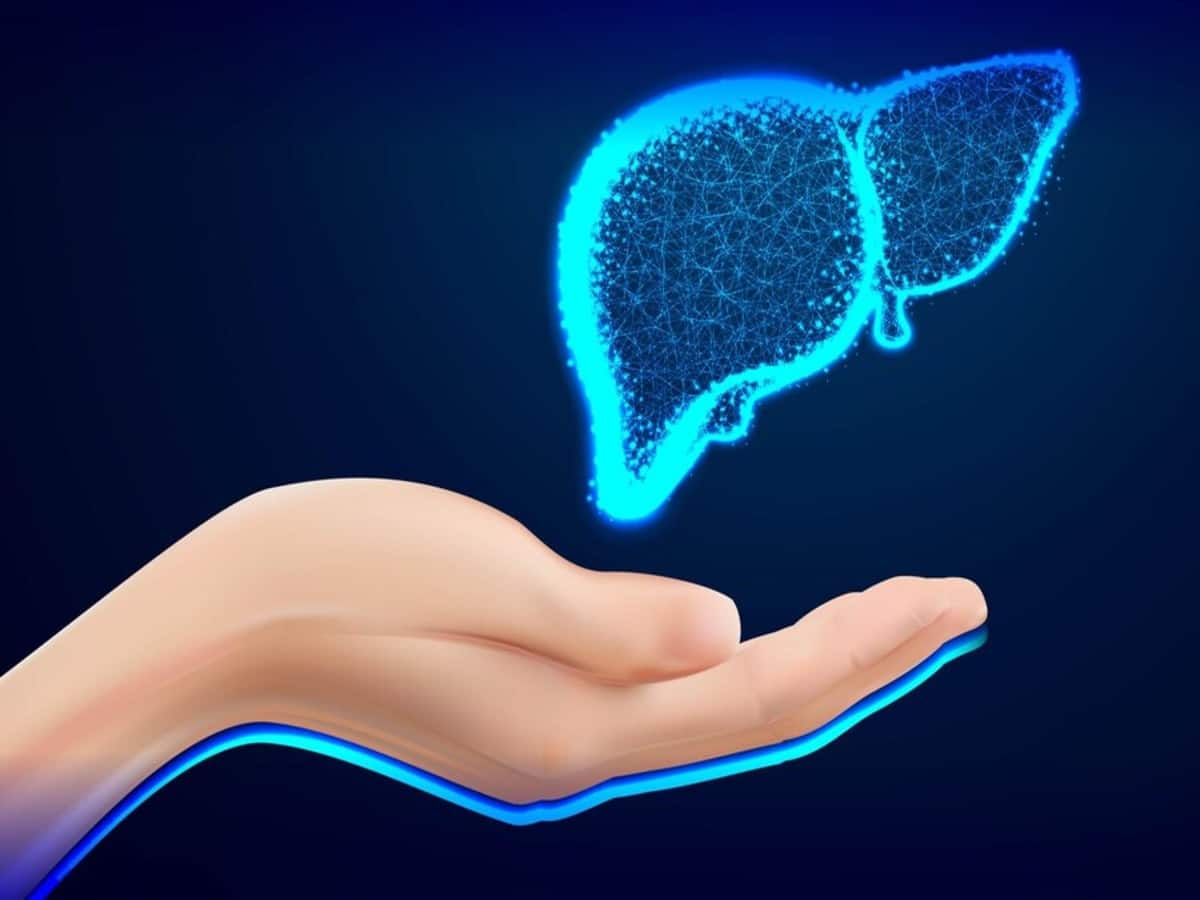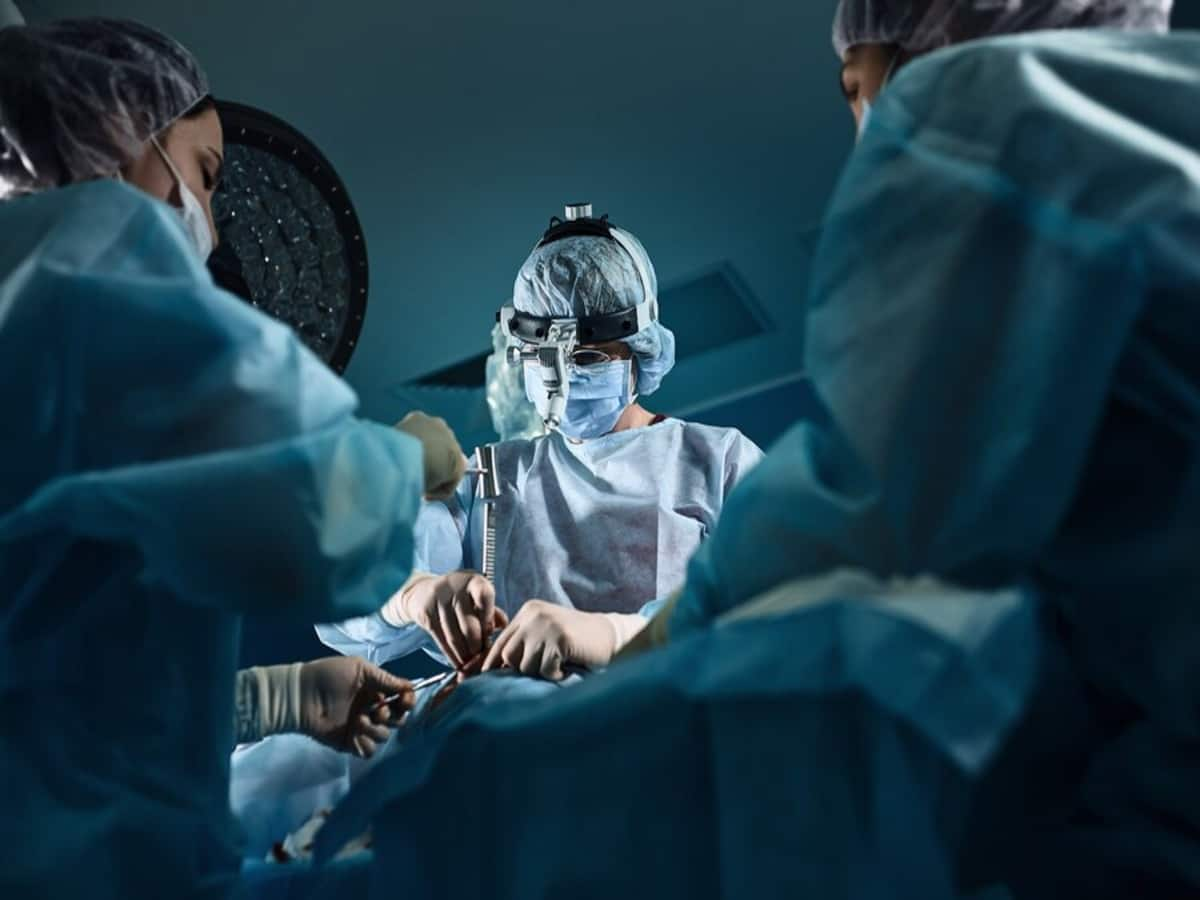Fitness
Daughter-In-Law Saves Father-In-Law’s Life By Donating Part Of Her Liver In Robotic Transplant

The patient had undergone a regular health check-up that revealed swelling in the liver. He was also beginning to experience blood in vomitus, along with stomach ulcers. A liver transplant was urgent.
The true essence of being a family lies in being each other’s support in times of crisis. A Surat-based family managed to send out a beautiful message recently, when a daughter-in-law stepped up to save the life of her father-in-law during a health-related setback. She selflessly donated a portion of her liver to her father-in-law, who had been battling with chronic liver disease for a while. A robotic transplant was performed at Gleneagles Hospitals, by a team of doctors, including Dr Gaurav Chaubal, director of liver, pancreas, and intestine transplant program, and HPB surgery, and Dr Uday Sanglodkar, senior consultant hepatologist and clinical lead liver and transplant ICU. There were a few complications involved, such as the patient having undergone multiple hospitalisations, acute kidney injury, drowsiness and loss of consciousness, and also infections. Read on to find out more about this case.
In 2019, the 58-year-old patient, a resident of Surat, underwent a regular health check-up that revealed swelling in the liver. He also began to experience blood in vomitus and had stomach ulcers. Multiple doctors, however, failed to provide an accurate diagnosis. When his health deteriorated over the last six months and he began to suffer from frequent drowsiness and other symptoms, he sought treatment at Mumbai’s Gleneagles Hospitals on the recommendation of his family doctor.
Robotic Surgery
The patient’s daughter-in-law donated a part of her liver in a revolutionary robotic surgery. A statement from the hospital read that for cases of liver transplants, it offers ‘unparalleled precision and minimally-invasive procedures’. It is known to ‘reduce recovery time’, ‘minimise surgical trauma’, and ‘enhance patient outcomes’. As such, with the assistance of a robot, surgeons can perform complex liver transplants with ‘greater accuracy’, ‘fewer complications’ and ‘faster healing’.

What Is A Liver Transplant?
“It is a complex procedure wherein a damaged liver is replaced with a healthy one from either a deceased donor or a living donor, who donates a portion of their liver. Robotic liver transplant offers safety and accuracy by reducing the risk of complications with successful outcomes for patients. The use of robotics in liver transplants allows shorter hospital stays, quicker recovery time due to smaller incisions, and less trauma to surrounding tissues,” said Dr Chaubal.
Dr Sanglodkar, meanwhile, added that in this patient’s case a liver function test and an MRI scan confirmed that he had been dealing with chronic liver disease for the past three years. The decision to proceed with an early liver transplant was taken since delaying the procedure could have resulted in severe consequences like liver failure and even death. “Despite all family members willing to donate, none was suitable, except for the daughter-in-law. A living donor liver transplant was then performed where the donor’s liver completely regenerates within three months after the surgery,” the doctor said.











